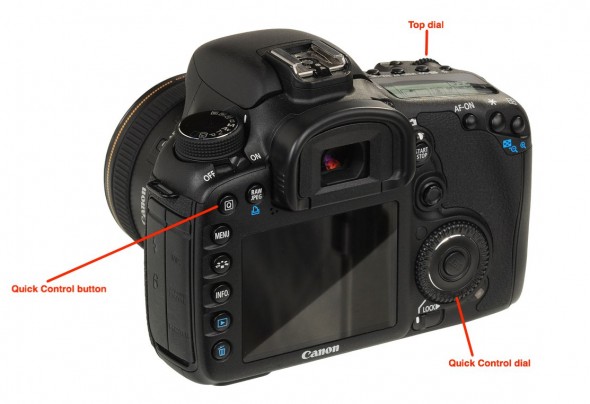Video
Canon EOS M – Part II. Hands-on Review
Exactly one month ago we wrote about Canon’s brand-new mirrorless system. We covered the new features and discussed the reasons why we preordered one here.
Since then we have had the great opportunity to play with one of them and we want to share our impressions in this post.
The Good
• Lenses: We tested the kit lens, an ultra wide “pancake” EF-M 22mm ƒ2.0 and the image quality is amazing. We also tested the EF mount and shot stills and video with the EF 70-200 ƒ2.8 and the EF 24mm ƒ1.4. They both worked like a charm.
• Video: This is a controversial topic. The movie files are recorded in MPEG-4 format, using AVC.H.264 compression and a variable bit rate. The quality is very good, with only a very tutored eye being able to differentiate the M versus the 60D footage. We only shot 1080p at 24 fps and our impressions are based on that test. Read this if you want to understand HD Video compression. Another great video feature that got our attention was that both Program and Manual shooting modes are supported in movie mode. So far, so good. The real issue (as you will read below) is the lack of fast and easy access to adjust exposure.
• Size: The main reason we wanted this camera was so that we could use it as a C (third) camera on our video shoots. Having such a tiny body with the same APS-C 18.0 Megapixel CMOS sensor we have on our EOS 7D (with the latest firmware update) and EOS 60D would allow us to put the camera in tight spaces, and it would make using a handheld rig or a steadycam a much more pleasant experience.
An Overview of What Should and/or Will Be Improved
In all fairness, the camera that we had was a prerelease sample. It was not a production piece, which means that the hardware, as well as the firmware, will be modified and improved.
• Touchscreen: Having a touchscreen is not only great, it makes absolute sense. The more we “flip” and “pinch” our smartphones and tablets, the more second nature these “gestures” become. Have you seen the video of the five-year-old girl who thinks a magazine is a broken iPad?
Click to keep reading
• Viewfinder: Many photographers complain on forums about the lack of a viewfinder. I have been shooting professionally for more than 12 years and I didn’t miss it. We need to understand that this camera is about size and weight, while packing a giant sensor and a powerful DIGIC 5 image processor. You can’t have ALL the features and expect things to be small and light. Yes, shooting in bright exteriors, especially with video where focus is ultra critical, might be a problem. But that’s a compromise we need to make.
• RAW: We constantly test new gear for clients and to fulfill our own needs and curiosity. The first batch of images that we shot with the EOS M, which was a “wonderful” storm hitting New York, are useless. The reason? We shot all the images in RAW only to later discover that there’s no software (currently available) that can open the EOS M CR2 files. We mistakenly assumed the files would share the same “recipe” as the 5D Mark III, or at least its younger brother, the EOS 60D. Nope. These new files will need new software. We tested Lightroom 4, the latest ACR, DPP, and several others. Interestingly, Ligthroom can grab the JPEG previews within the CR2, but it can not import the data. Our own fault. The sample images embedded in the video below were shot as Large JPEGs.
The Bad
• Battery: We have a new battery, and, of course, a new battery charger. We can’t even keep track of how many we have and where they all are. We also had problems with the battery losing its charge overnight. At first we assumed that we left it on, but after a few days we confirmed that that was not the problem. We have seen this issue with other preproduction samples and they always get resolved when the “real” camera ships out. So, I wouldn’t worry about this part. But, why a new battery?!?!
• User Interface: It is very nice to be able to select different settings with your fingers, but, unfortunately, the UI, as it is today, is not ideal for video shooting. There are too many steps to access the most-used menus, and we truly felt “handicapped” by not having a top dial and a quick dial to easily control shutter and aperture settings
• Continuous Auto Focus: Our biggest complaint so far, especially when shooting video. It lacks speed and it seems to have issues with extremely contrasty situations. We felt as frustrated as shooting with the PowerShot G1X when we tested the best and most current PowerShot models (the articles can be accessed here and here). At that time, we ended up photographing all our “food” images with the more responsive (and REALLY nice) PowerShot SD100. But that’s a different topic for another day.
Conclusion: You have until October to change your mind. We will play it safe, and cancel our preorder, get a production sample when the camera is released, and depending on the new firmware, we will buy one, or two.
